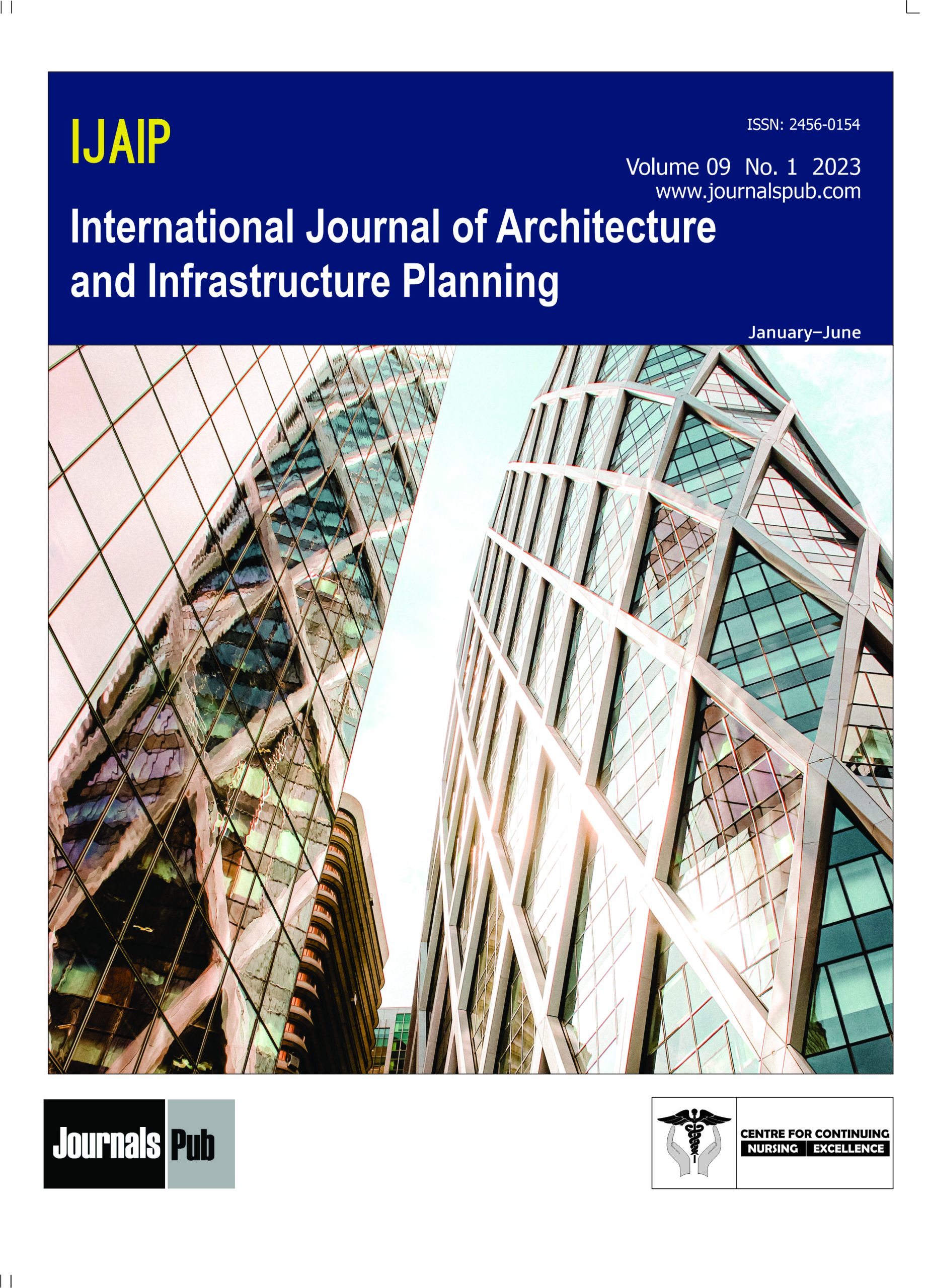Open Access

Shraddha Sharma,

Debashis Sanyal,
- Student School of Planning and Architecture Madhya Pradesh India
- Associate Professor Department of Architecture, National Institute of Technology Chhattisgarh India
Abstract
The people lacking an address are homeless and are considered ‘unmapped’. They have no records in the National Census or the City’s demographics, and hence there is a critical need to map their existence. This paper attempts to record their movement pattern and map out the experiences and issues faced by them. As per the Census of India 2011, 0.15% (1.77 million) of India’s total population is homeless. It means that all the open spaces left out on the built spaces are homes to these people. Mapping their movement means understanding their experiences and studying public spaces; being the only left out space for these people will tell us a lot about the kind of relationship they share. People who are homeless are a result of the economic and social processes; they are not separate from the system, but they are treated as such. Homeless people use spaces to inhabit but not as occupiers. They can be either static or mobile depending on the requirements and accessibilities they must meet. Homeless people select places to sit, relax, eat, beg, search for food, and sleep. On designing any space, few audiences are always kept in mind; meaning, a design is always based on the type of people it will cater to. Similarly, during such designs for a public space, few audiences are often ignored. These can be the street vendors, unauthorized parking people of the neighborhood, or the homeless. And in the hindsight, the results are seen otherwise. Because of the negligence to such an audience, they tend to face socio-spatial exclusion and exclusion in mobility and resulting in erosion of those public spaces. It is hence a study to understand the ways to make better livable public
Keywords: Homeless, public space, spatiality, street, travel pattern
References
1. Parker CA. Homeless Negotiations of Public Space in Two California Cities. University of California, Davis; 2019.
2. Buccieri K. Agency-Bound: Mapping the Temporal-Spatial Relationship between Homeless Individuals and the Social Service Sector. Exploring bodies in time and space. In: L McLean, L
Stafford, M Weeks (Eds.) Exploring bodies in time and space. Oxford: Inter-Disciplinary Press; 2014.
3. Ingold T. Against space: Place, movement, knowledge. Boundless worlds: An anthropological approach to movement; 2009. pp. 29–43.
4. Blasi G. And we are not seen: Ideological and political barriers to understanding homelessness. American Behavioral Scientist. 1994; 37(4): 563–586.
5. Gaetz S. Safe streets for whom? Homeless youth, social exclusion, and criminal victimization. Canadian Journal of Criminology and Criminal Justice. 2004; 46(4): 423–456.
6. Somerville P. Understanding homelessness. Housing, theory and society. 2013; 30(4): 384–415.
7. Jacobs K, Kemeny J, Manzi T. The struggle to define homelessness: A constructivist approach. Homelessness: Public policies and private troubles. Cassells; 1999. pp. 11–28.
8. Wirth L. Urbanism as a way of life. American Journal of Sociology. 1938; 44(1): 1–24.
9. Lefebvre H, Nicholson-Smith D. The production of space. (Vol. 142). Blackwell: Oxford; 1991.
10. Bergamaschi M, Castrignanò M, Rubertis PD. The homeless and public space: Urban policy and exclusion in Bologna. Revue Interventions Économiques. Papers in Political Economy. 2014; 51.
11. Sleeping in Airports. [Online] Available at: https://www.sleepinginairports.net/tips.htm.
12. Cloke P, May J, Johnsen S. Swept up lives: Re-envisioning the homeless city. John Wiley & Sons; 2011.
13. Cloke P, May J, Johnsen S. Performativity and affect in the homeless city. Environment and Planning D: Society and Space. 2008; 26(2): 241–263.
14. Amster R. Patterns of Exclusion: Sanitizing space, criminalizing homelessness. Social Justice. 2003; 30(1): 195–221.
15. Tosi A. Homelessness and the control of public space—criminalising the poor? 2007.
16. Bauman T, Rosen J, Tars E, Foscarinis M, Fernandea J. No safe place: The criminalization of homelessness in US cities. National Law Center on Homelessness & Poverty. 2014.
17. Snow DA, Mulcahy M. Space, politics, and the survival strategies of the homeless. American Behavioral Scientist. 2001; 45(1): 149–169.
18. Sattar S. Homelessness in India. Urban Governance, Shelter. Hudco Publication. 2014; 15(1).
19. Crawford M. Contesting the public realm: Struggles over public space in Los Angeles. Journal of Architectural Education. 1995; 49(1): 4–9.
20. Wolch JR, Rowe S. On the streets: Mobility paths of the urban homeless. City & Society. 1992; 6(2): 115–140.
21. The Indian Express. India ‘very unequal’, top 10% hold of national income: Inequality Report. [Online] Available at https://indianexpress.com/article/india/india-very-unequal-top-10-hold-57-
of-national-income-inequality-report-7661506/.
| Volume | |
| Received | December 19, 2021 |
| Accepted | January 23, 2022 |
| Published | January 7, 2023 |


